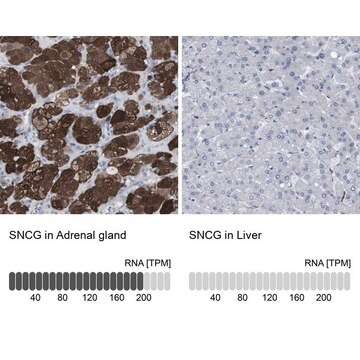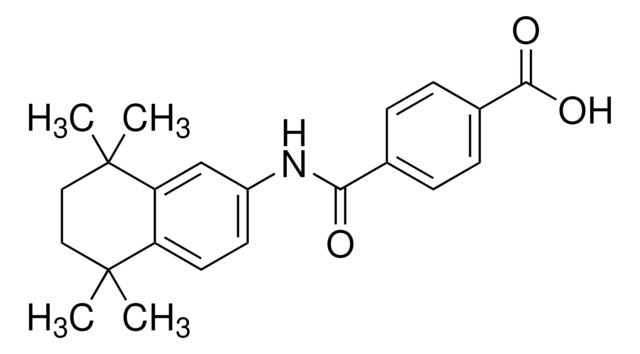P0372
Anti-Podocin antibody produced in rabbit
affinity isolated antibody, buffered aqueous solution
Synonym(s):
Podocin Antibody, Podocin Antibody - Anti-Podocin antibody produced in rabbit
About This Item
Recommended Products
biological source
rabbit
conjugate
unconjugated
antibody form
affinity isolated antibody
antibody product type
primary antibodies
clone
polyclonal
form
buffered aqueous solution
mol wt
antigen ~42 kDa (doublet)
species reactivity
human, rat, mouse
technique(s)
indirect immunofluorescence: 10-20 μg/mL using acetone-fixed human or rat kidney frozen sections
western blot (chemiluminescent): 0.5-1 μg/mL using whole extract of rat glomeruli
UniProt accession no.
shipped in
dry ice
storage temp.
−20°C
target post-translational modification
unmodified
Gene Information
human ... NPHS2(7827)
mouse ... Nphs2(170484)
rat ... Nphs2(170672)
Related Categories
General description
Podocin is a hairpin-like integral membrane protein with intracellular N- and C- termini. Podocin is located at the insertion site of the slit membrane, an intercellular junction found in mammalian kidney.
Specificity
Immunogen
Application
Biochem/physiol Actions
Physical form
Storage and Stability
For extended storage, freeze in working aliquots. Repeated freezing and thawing is not recommended. Storage in frost-free freezers is also not recommended. If slight turbidity occurs upon prolonged storage, clarify the solution by centrifugation before use. Working dilutions should be discarded if not used within 12 hours.
Disclaimer
Not finding the right product?
Try our Product Selector Tool.
Storage Class Code
12 - Non Combustible Liquids
WGK
nwg
Flash Point(F)
Not applicable
Flash Point(C)
Not applicable
Certificates of Analysis (COA)
Search for Certificates of Analysis (COA) by entering the products Lot/Batch Number. Lot and Batch Numbers can be found on a product’s label following the words ‘Lot’ or ‘Batch’.
Already Own This Product?
Find documentation for the products that you have recently purchased in the Document Library.
Customers Also Viewed
Our team of scientists has experience in all areas of research including Life Science, Material Science, Chemical Synthesis, Chromatography, Analytical and many others.
Contact Technical Service










